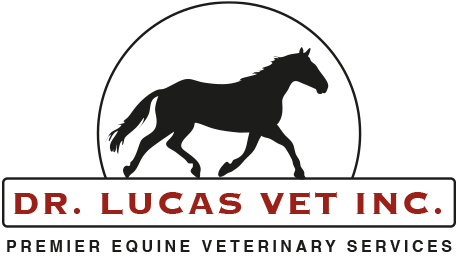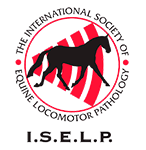Please read this article from Equus Magazine for important information about protecting your horse.
By Heidi Furseth
A number of dreadful diseases are now very rare among horses — thanks to some of the simplest and cheapest preventive measures we have.
Vaccination easily ranks as one one of the single most important things you do to protect your horse’s health. In fact, vaccines have been so successful that it’s rare to even hear of horses contracting several dreadful diseases that once loomed as a constant threat.
It is worthwhile, though, to remember what those injections are doing—especially the four “core” vaccines the American Association of Equine Practitioners (AAEP) recommends for every horse.[More]



